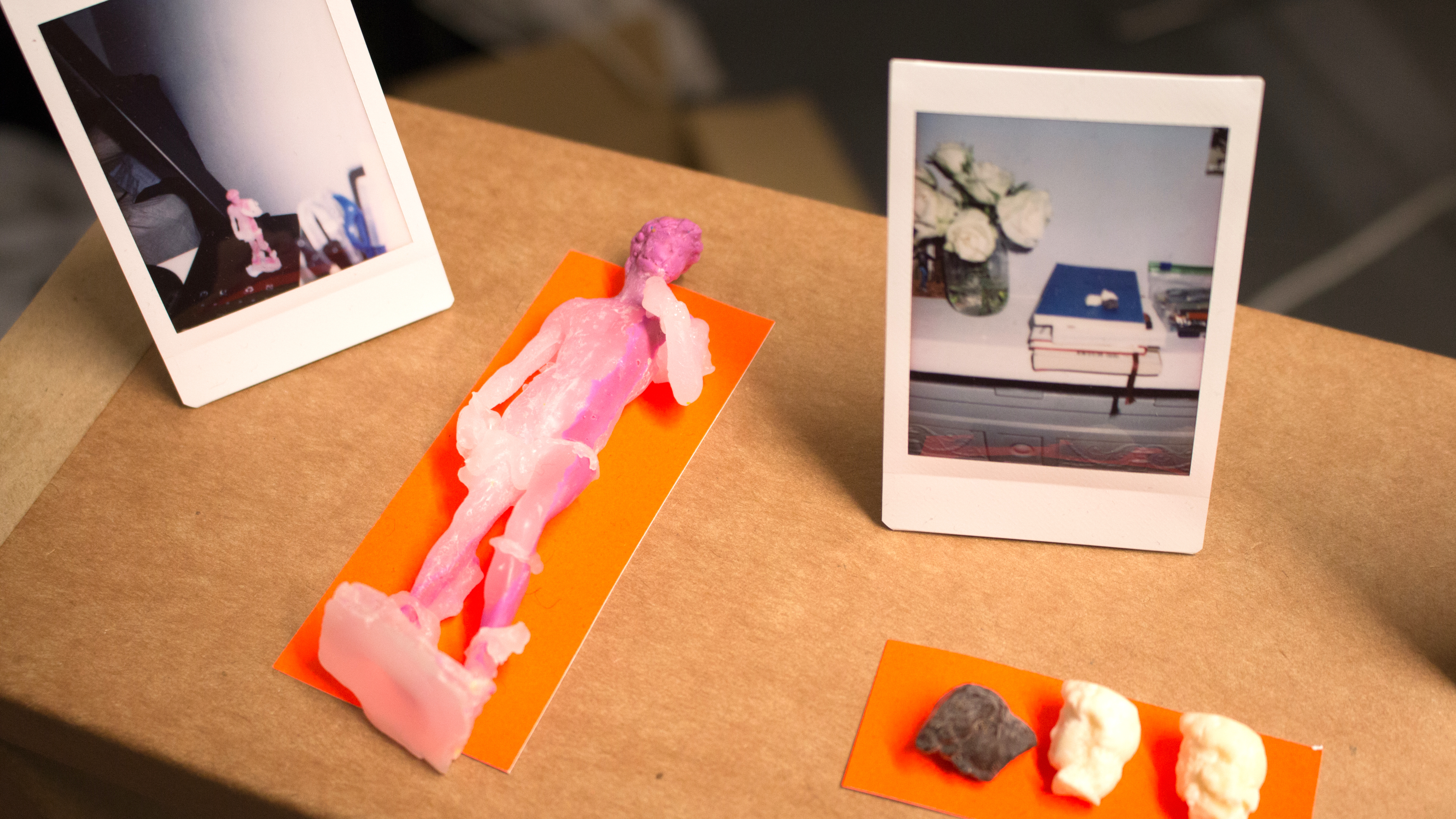
The Society for Participatory Conservation
2017Designer: Thomas Sandahl Christensen, Tine Ohlau, Morgan Thorne, Molly Wei
The Society for Participatory Conservation imagines a museum that breaks free of the archetypical brick and mortar institution. The society is unfolded through a gift shop with the leitmotif conservation through gifting. We believe that the gift shop as a space has the opportunity to be something more than a place of postcards, souvenirs and other commodities.
In our gift shop we invite the user to engage in museological practices. In particular the activity of conservation. For many people conservation conjures images of experts wearing white gloves while handling priceless artifacts in a sterile environment. We refuse this as the only viable form of conservation and question the subjective nature of any conservation activity.

Our response is materialized through two separate tool kits that allow the user to participate in The Society for Participatory Conservation. The kits refuse the museum as an institution tied to singular geographical location and moves the museum out into the world in the hands and homes of the members of the society. In that process we aim to challenge the notion that conservation is only about keeping artifacts and living practices static, pristine and controlled within an institution.
Gifting lies at the heart of The Society for Participatory Conservation. Each kit is only in the hands of a single member until they have used it to create their contribution to conservation. After that the kit is gifted onto an aspiring member of the society. This way the kits journey from person to person through the act of gifting leaving behind a trace of artifacts that become the museum out in the world.
We see the gift shop as an introduction into thinking critically about the ways museum conserve cultural practices and artifacts. And maybe even more importantly, the things that cannot be conserved within a brick and mortar museum.
Gifting lies at the heart of The Society for Participatory Conservation. Each kit is only in the hands of a single member until they have used it to create their contribution to conservation. After that the kit is gifted onto an aspiring member of the society. This way the kits journey from person to person through the act of gifting leaving behind a trace of artifacts that become the museum out in the world.
We see the gift shop as an introduction into thinking critically about the ways museum conserve cultural practices and artifacts. And maybe even more importantly, the things that cannot be conserved within a brick and mortar museum.



The David Kit
In the David Kit we critique conservation methods by giving the privilege of conserving David to the masses. Inspired by the V&A’s David replica we critique the conservation of artifacts. We critique conservation because as any conservator will tell you, any artifact will decay over time. The conservator, to the best of their abilities tries to hold true to the artifact. Trying to respect the “aura” of the artifact and maintain what makes it special and significant. However, what it means to keep an artifact as close to the original as possible, will always be subjective. According to world leading conservator Agnese Paronchi “Not one millimeter of its(Michelangelo’s David red.) original polished surface is left”. The case of the original David highlights the difficulty of maintaining the original and in turn in many cases like the V&A’s David, the replica.
In the David Kit we critique conservation methods by giving the privilege of conserving David to the masses. Inspired by the V&A’s David replica we critique the conservation of artifacts. We critique conservation because as any conservator will tell you, any artifact will decay over time. The conservator, to the best of their abilities tries to hold true to the artifact. Trying to respect the “aura” of the artifact and maintain what makes it special and significant. However, what it means to keep an artifact as close to the original as possible, will always be subjective. According to world leading conservator Agnese Paronchi “Not one millimeter of its(Michelangelo’s David red.) original polished surface is left”. The case of the original David highlights the difficulty of maintaining the original and in turn in many cases like the V&A’s David, the replica.


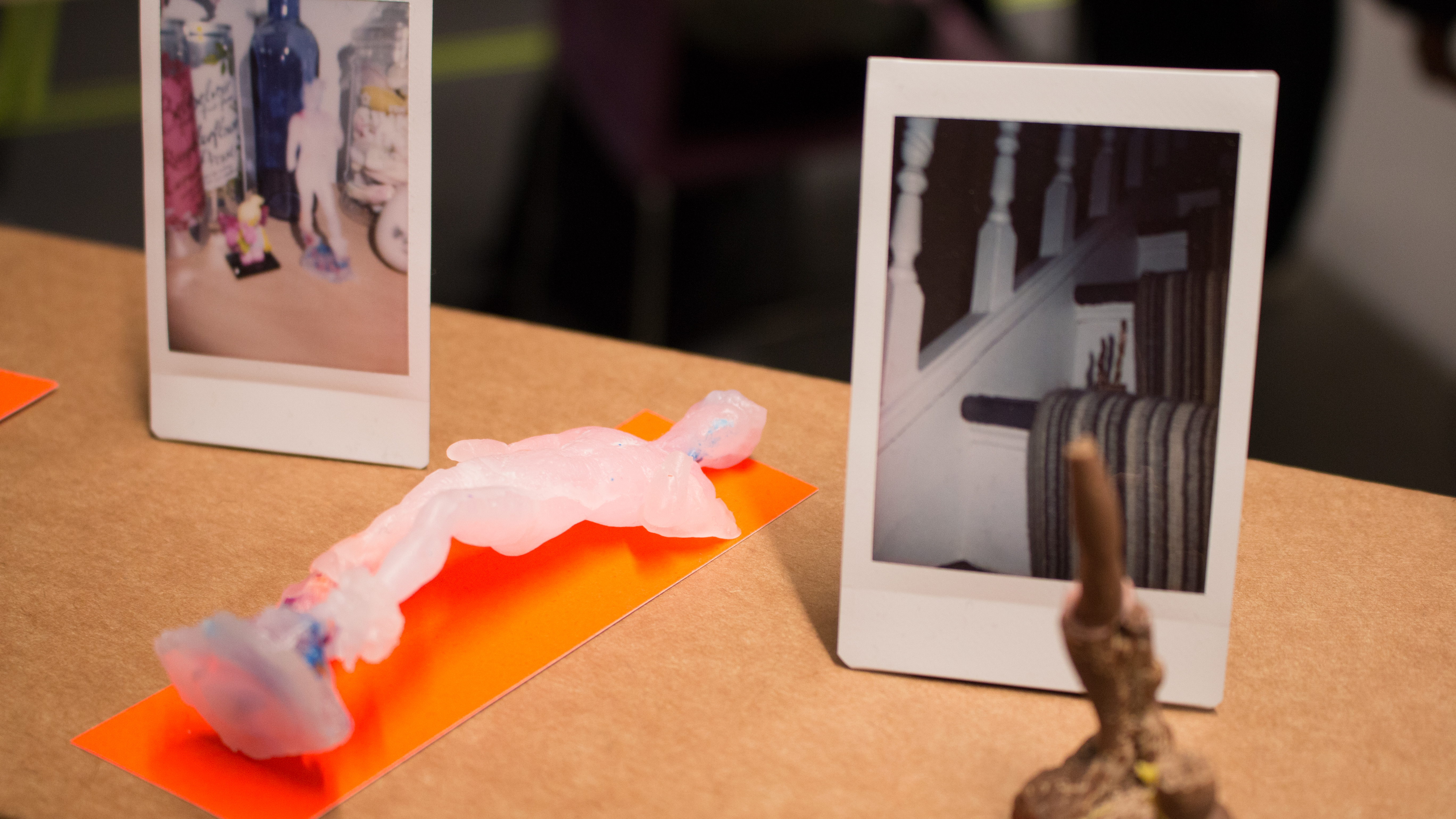
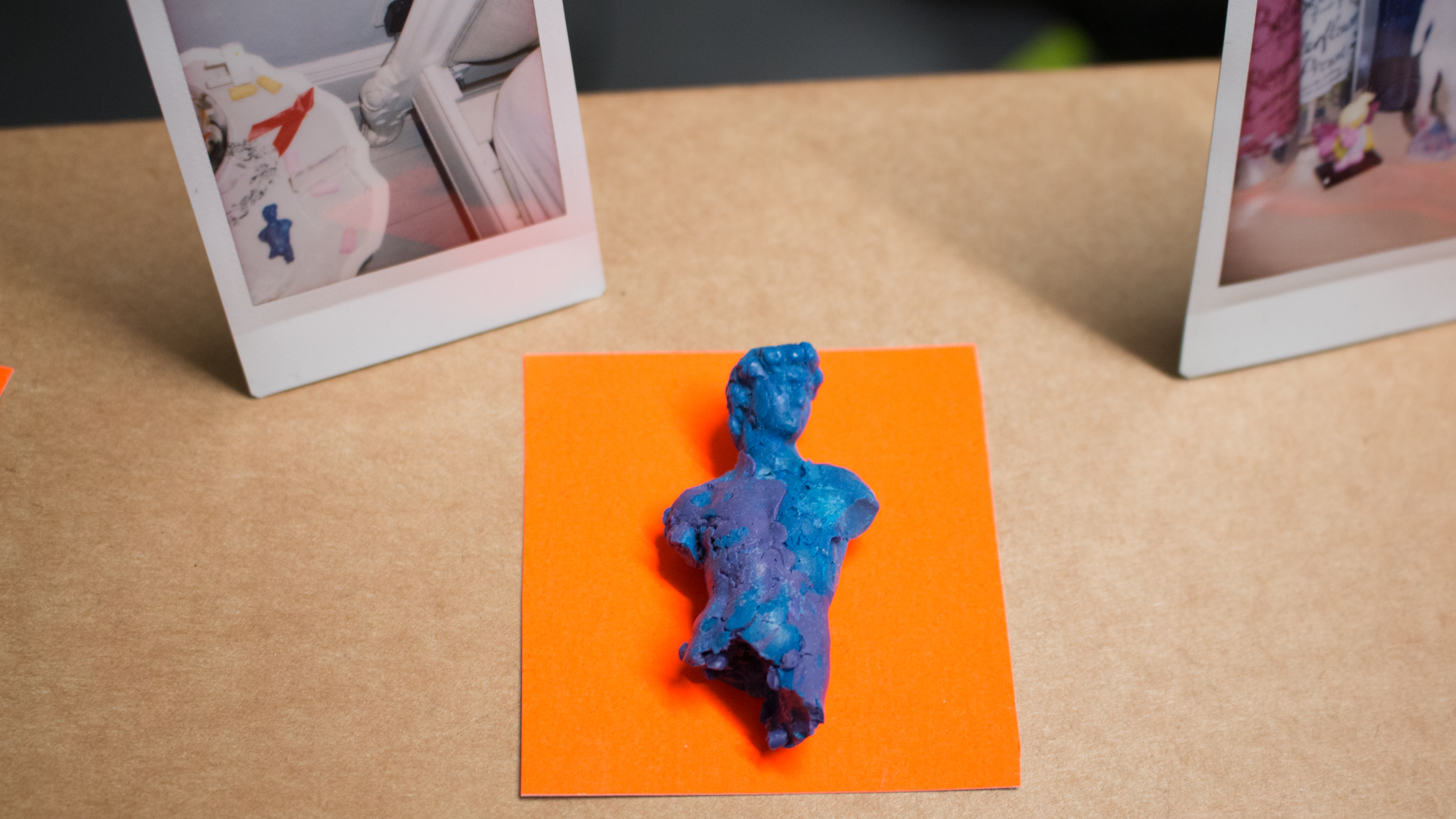



 With this kit we invite you participate in this critique by becoming a conservator. Our approach is to embrace the temporal form of the artifact and accept that the only “original” David is lost to time, and maybe only existed for a brief moment after its conception in 1504. Our practice challenges the notion that conservation is only about keeping an artifact static, pristine and controlled within an institution. This kit gives you the power to engage in this conservation by giving you the agency to decide what is important and what is not through the act of creating a caste in many forms. Highlighting at the same time subjectivity involved in any conservation activity.
With this kit we invite you participate in this critique by becoming a conservator. Our approach is to embrace the temporal form of the artifact and accept that the only “original” David is lost to time, and maybe only existed for a brief moment after its conception in 1504. Our practice challenges the notion that conservation is only about keeping an artifact static, pristine and controlled within an institution. This kit gives you the power to engage in this conservation by giving you the agency to decide what is important and what is not through the act of creating a caste in many forms. Highlighting at the same time subjectivity involved in any conservation activity. 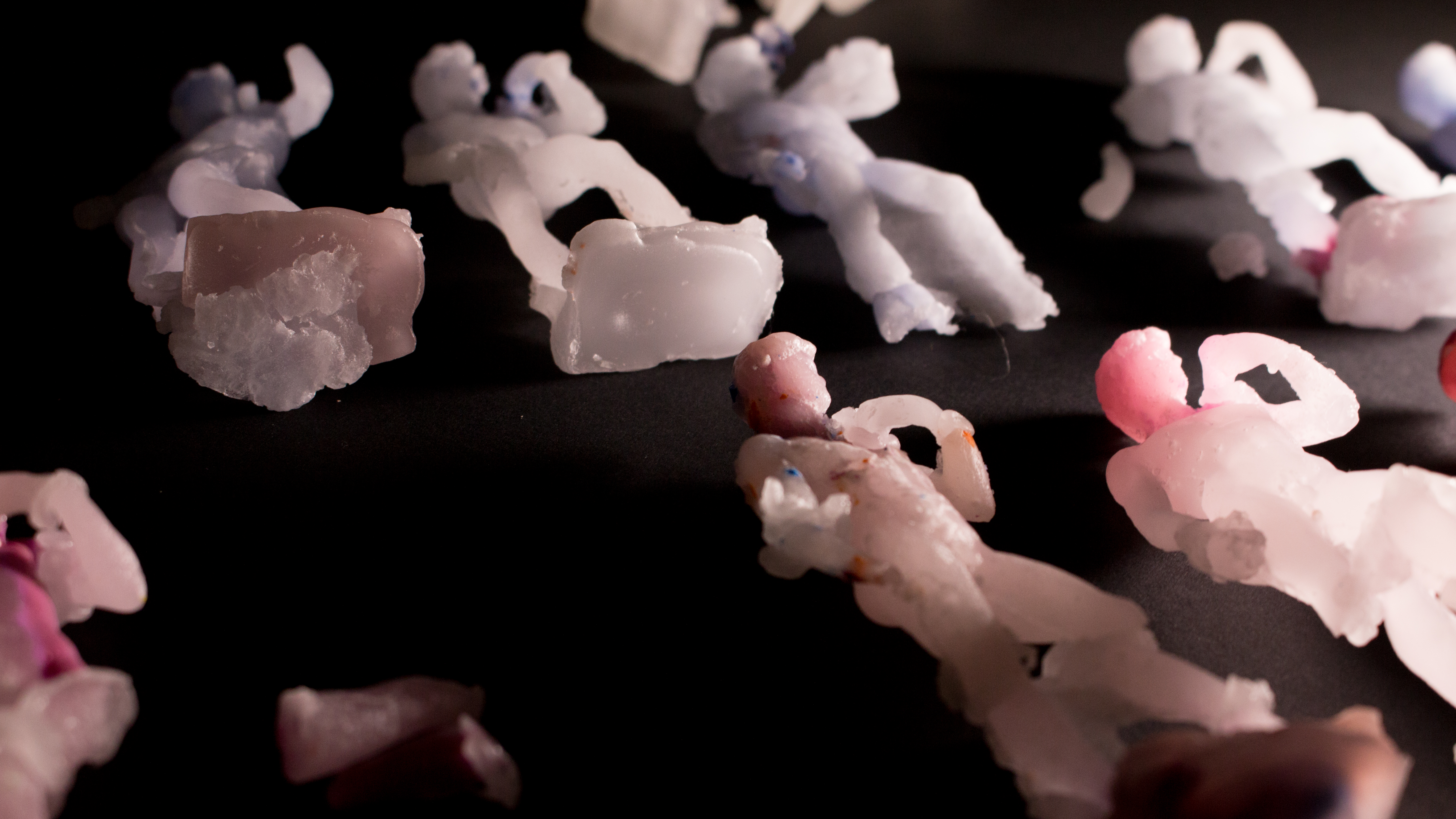
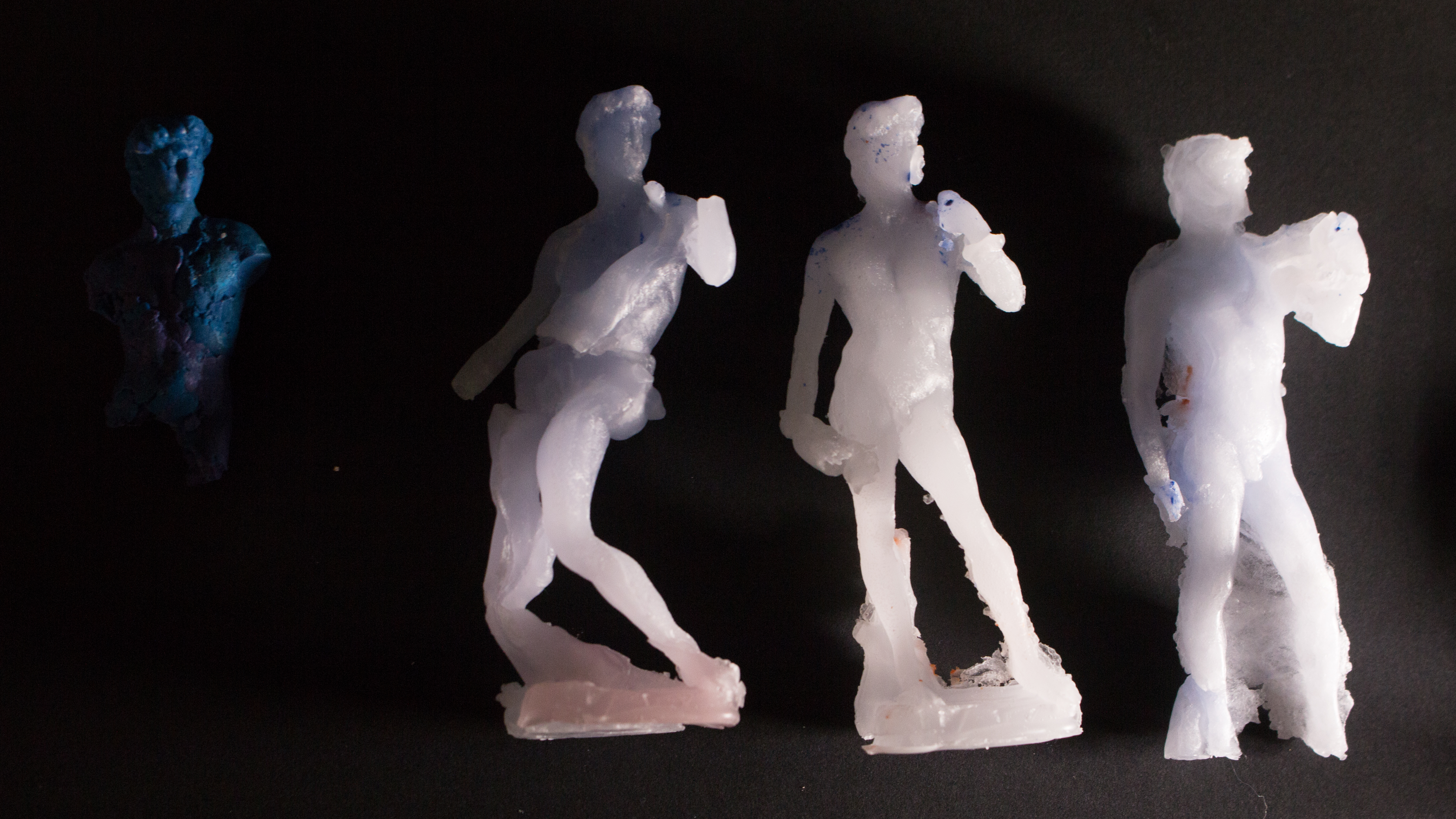







The Sourdough Kit
In The Sourdough Kit we explore the subject of alternative gifting cultures through the practice of making and sharing sourdough. By conserving cultures outside of the museum we hope to bring to light the many aspects of cultural life that cannot be conserved by using traditional conservation methods. Our practice challenges the notion that conservation is only about keeping an artifact and living practices static, pristine and controlled within an institution. We see this kit as an introduction into thinking critically about the ways museum conserve cultural practices through the exploration of gifting cultures.
In The Sourdough Kit we explore the subject of alternative gifting cultures through the practice of making and sharing sourdough. By conserving cultures outside of the museum we hope to bring to light the many aspects of cultural life that cannot be conserved by using traditional conservation methods. Our practice challenges the notion that conservation is only about keeping an artifact and living practices static, pristine and controlled within an institution. We see this kit as an introduction into thinking critically about the ways museum conserve cultural practices through the exploration of gifting cultures.



